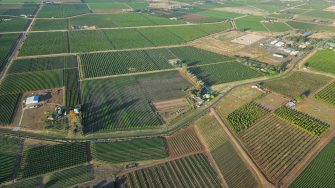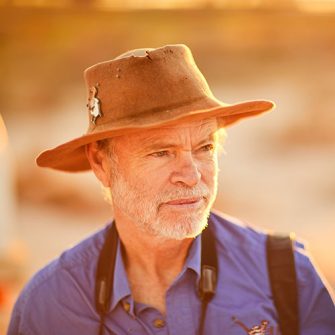
Date: Wednesday October 25th 2023
Project: Eastern Australian Waterbird Survey
Observers: Richard Kingsford (UNSW), Heath Dunstan (Vic GMA)
Trainee: Kurt Murphy (Vic GMA)
Pilot: Thomas Clark
We headed south from Griffith to pick up our usual Survey Band 4 and continue heading east along the Band.
There were only a few flooded rice growing paddocks. In the past, these were extensive around Griffith and Hay. We surveyed the few on our route, including this one in the video below. There were a few Black Duck and Straw-necked Ibis, plus the odd egret and White-faced Heron.
Surveying flooded rice growing paddocks
There are two Ramsar sites or wetlands of international significance that we survey on this Survey Band: Tuckerbill Swamp and Fivebough Swamp. The former is small and degraded, not supporting many waterbirds.
Fivebough Swamp was impressive however, with more than a thousand waterbirds. They were mostly Grey Teal but there was also a wide variety of species in smaller numbers. These included Black Duck, Glossy Ibis, White Ibis, Black-winged Stilts and even some Magpie Geese.
Fivebough Swamp
Surveying the Ramsar-listed Fivebough Swamp
From here, we headed east, surveying small farm dams along the way. Many of these had a few Wood Ducks, Grey Teal and Black Duck. Just west of Griffith, these small dams were only about half full but closer to Crookwell, most were full.
Surveying farm dams around Crookwell where there are wind turbines.
Then we finished by surveying a series of large dams, including Pejar Dam, Wingecarribee Dam and Fitzroy Falls Dam. Like most large dams, these mainly had cormorants and pelicans but there were also a few ducks and swans.
Surveying Wingecarribee Dam
This now completes the 41st aerial waterbird survey of eastern Australia. Next week and the week after, we will focus on the wetlands outside the Survey Bands which are the major systems in the Murray-Darling Basin.
On Monday, we fly down the River Murray to survey the Lower Lakes and the Coorong.

